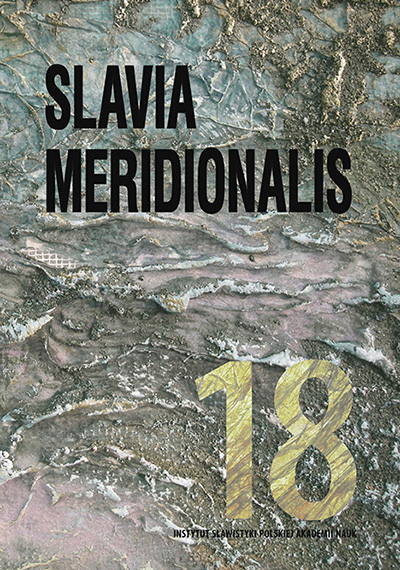Słoweńcy i Europa Środkowa
The Slovenes and Central Europe
Author(s): Marta Cmiel-BażantSubject(s): Geography, Regional studies, Cultural Anthropology / Ethnology, Post-War period (1950 - 1989), Identity of Collectives
Published by: Instytut Slawistyki Polskiej Akademii Nauk
Keywords: Central Europe; Slovenia; Austro-Hungarian Monarchy; imagined border; topography of cultural identity; 1980s;
Summary/Abstract: In the 1980s, a few years before Slovenia became an independent country, many intellectuals – including writers, politicians, sociologists and historians – were trying to answer the question about the cultural area in Europe to which Slovenia belonged. Most of them identified themselves with the concept of Central Europe, which was a reference to the Austro-Hungarian Monarchy in the period between the 1860s and the First World War. The Monarchy was perceived as a supranational state that allowed all nations to develop and respected the diversity of cultures, which gave rise to a creative and multicultural intellectual atmosphere. This Utopian vision was created to balance the domination of the communist ideology in the Eastern Bloc countries. The idea which underlined Slovenian considerations of Central Europe was that of an imagined border of Europe, whereby the latter is seen as an intellectual concept and identified with Western Europe. The Slovenian territories were a part of the southern provinces of AustriaHungary and then, after the First World War, they became the north-westernmost republic of Yugoslavia. In both cases they were peripheral in cultural and political terms. In the period that this paper is concerned with, the concept of Central Europe which was most popular in Slovenia excluded the Balkan countries.
Journal: Slavia Meridionalis
- Issue Year: 2018
- Issue No: 18
- Page Range: 1-16
- Page Count: 16
- Language: Polish

